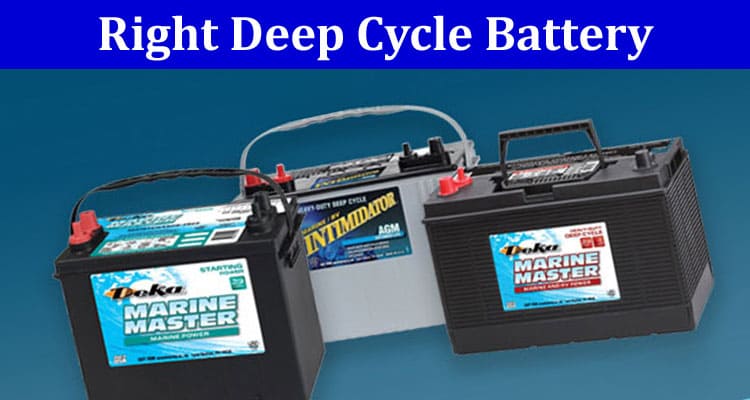Deep cycle, or house, batteries provide power for electronics and equipment when no shore power is available. As such, they play a crucial role in ensuring your water activities are safe and fun. These batteries do not supply short bursts of power for starting a motor; instead, they are designed for extended periods of constant drain.
Selecting the Right Deep Cycle Battery for Marine Use
To choose the right type of deep cycle marine battery, you must first consider exactly how and where you plan to use it. There are three basic types of marine batteries: cranking or starting batteries, deep cycle, and dual-purpose.
Deep Cycle vs. Dual-Purpose Marine Batteries
Deep cycle and dual-purpose can sometimes be used interchangeably, although there are differences between the two. If you have a small boat or a sailboat that uses minimal amounts of power or a larger boat with a single battery bank for both starting and electronics, you may decide that a dual-purpose battery is a good option. Otherwise, deep-cycle batteries are the way to go for running house electrical loads at sea.
Battery Chemistry
There are three main chemical makeups of marine batteries: Flooded lead acid, AGM, and lithium. Each one has advantages and disadvantages, so you should choose based on your application needs.
Flooded lead-acid batteries require the most maintenance. They tolerate cold temperatures well and are relatively inexpensive. They are a solid choice for an affordable battery for older climates.
AGM batteries are sealed and require no maintenance. They also tolerate low temperatures. These are an excellent compromise between the other two types.
Lithium-ion batteries require no maintenance. They can be discharged fully without damage, so they operate at the stated capacity. They must be kept in a heated or insulated environment in colder climates.
Battery Capacity
You also want to consider the group size of your battery. This tells you the shape, so you know it will fit in the battery bank. Capacity is also important. This is stated in amp hours on the product information. For example, a group 24 battery deep cycle has 65Ah and is a size 24, which is a very common size for RV and boat batteries.
Maintenance Tips for Deep Cycle Boat Batteries
Your deep-cycle batteries require some maintenance, which will vary depending on the type you choose. For all batteries, you want to periodically check the charge with a voltmeter to ensure a reading of 12.5 volts (or slightly higher). You also want to charge it fully when you return to shore and keep it charged during storage.
Take steps to keep your battery clean and free from dust, debris, and oils. You also want to remove any buildup or corrosion from the terminals and ensure that all connections are secure. Finally, if you have a flooded lead acid battery, you should top off fluids to keep electrolyte levels balanced.
Deep Cycle Batteries for Boats
A good deep cycle battery serves as a long-lasting power source for hours — or days — on the water. If you maintain yours, it can last for years of service. Shop online for high-quality marine batteries to ensure your boat is always ready for action.


